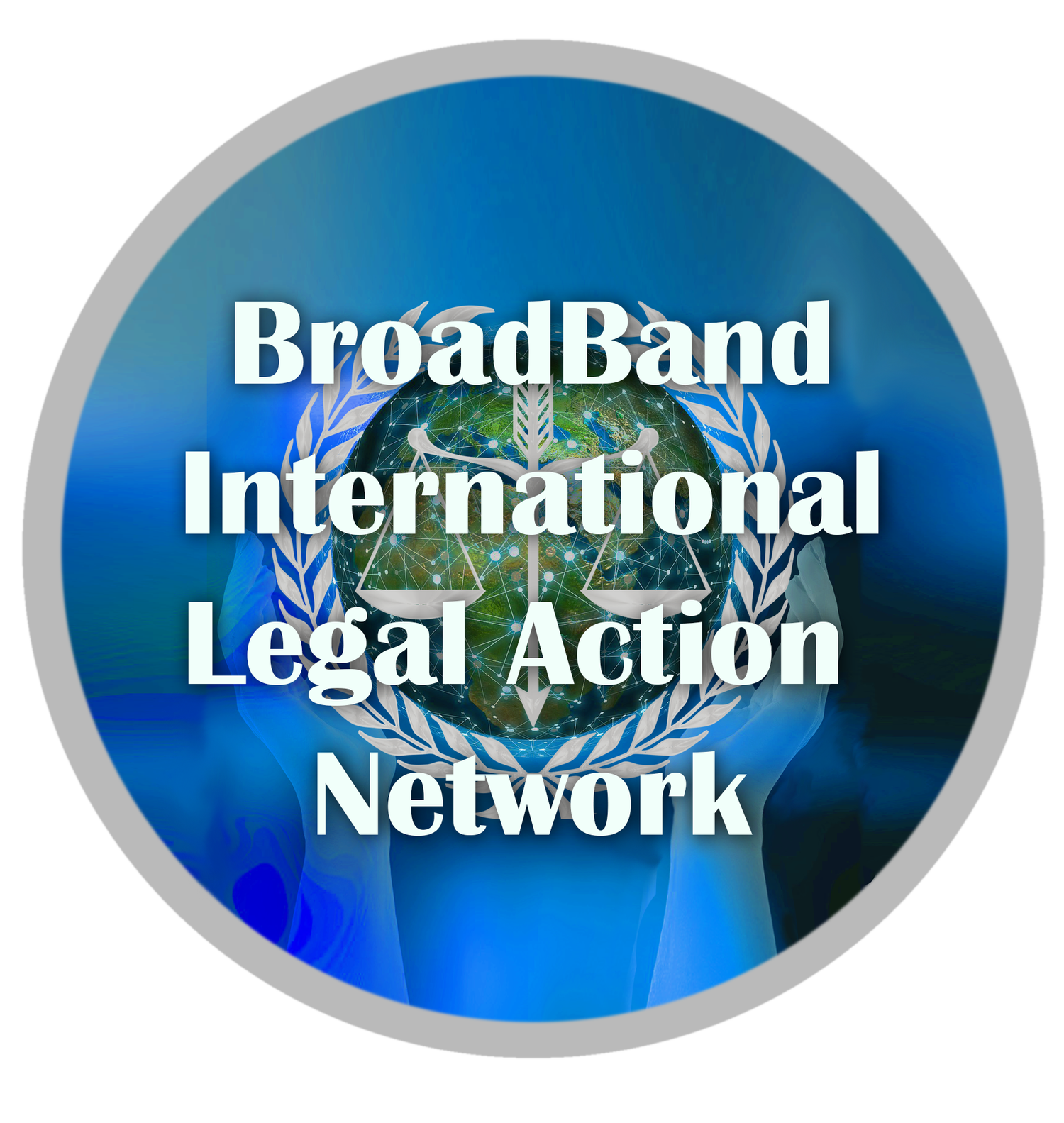2025-05-26 A Collaborative Innovation Strategy for National Resilience
We have arrived at a historic opportunity for national innovation. The opening stems from President Trump’s March 18, 2025 Executive Order #14239 mandating the preparation of a National Resilience Strategy within 90 days.[1] We offer here a non-partisan road map intended to fortify the strengths of the President’s approach, while addressing its risks by a proposed Supplemental Executive Order.
Strengths of Executive Order #14239
Executive Order 14239 makes important contributions on several fronts. First, it recognizes the chance to conceive and effectively implement a National Resilience Strategy. Second, it addresses the vulnerability of states and local communities to cyber-attacks as a national security threat. Third, it points to Artificial Intelligence as a strategic technology in both military and economic spheres, especially in light of China’s advances in this new frontier, as well as being a catalyst for economic growth and resilience. Fourth, it seeks to unlock the genius of local communities by encouraging grassroots experimentation and innovation in education and other fields.
Vulnerabilities of Executive Order #14239
At the same time, the Executive Order has several vulnerabilities which, if effectively addressed at the outset, will remedy certain internal conflicts and contradictions, while supporting other Trump Administration policies.
First, it reflects a selective approach to industrial policy that invites government bureaucrats to pick winners and losers for financial and other support, in particular in the energy and telecommunications sectors. This strategy has been proven to be flawed. The market is generally a better judge than bureaucrats.
Second, it fails to address our country’s increasing reliance and local dependence on wireless internet infrastructure, which is already jeopardizing national security by making local communities far less resilient. Moreover, the wireless industry consumes and wastes vast amounts of energy which will compound the increasing energy demands of the AI industry.[2]
Third, the President’s Executive Order misses the opportunity to integrate the Department of Health and Human Services’ “Make America Healthy Again (MAHA)” policy. In particular, we urge removal of the huge regulatory subsidies given to the wireless industry by compelling millions of Americans to bear billions of dollars in healthcare costs, especially children, pregnant women, and people with chronic illnesses and disabilities, arising from continuous over-exposure to electromagnetic radiation (EMF) emitted from densifying cell towers and, literally, billions of wireless devices. These regulatory subsidies are based on the FCC’s insistence that its 30-year-old maximum radiation exposure limits to the public are safe. Thousands of scientific papers refute this argument, which is based on outdated and assumptions proven to be incorrect. We believe these harmful standards can be remedied by including in the National Resilience Strategy and Plan an order to the FCC to tighten its present maximum radiation exposure guidelines in order to protect the public, instead of the profits of the wireless industry. This highly leveraged action will empower local municipalities to enact legislation regarding placement of wireless telecommunications infrastructure, without the risk of being sued by wireless telecom providers. It will also support the installation of the proven, far safer alternative of wired internet to the premises.
Reconciling Conflicts and Contradictions
The Draft Supplemental Executive Order on National Resilience embodies these principles and ideas, and will be made available to members of the BBILAN National Resilience Collaborative [click here to apply to the Collaborative]. The Draft Order is intended to serve as a focal point for inquiry, dialogue, debate, and innovations of all kinds.[3] We highlight three features of this initiative:
First, the Draft Executive Order will continue to be refined based on the creative contributions of members of the Collaborative.
Second, a new AI Wisdom Agent, Kokoro for Resilient Communities, can be customized to detect risks early on, and drive innovative solutions to the resilience challenges confronting local communities.[4]
Third, the Initiative will provide members with proven tools linked with Kokoro to catalyze breakthrough discoveries, inventions, and innovations that will empower resilient communities and reconcile some of the contradictions noted above.[5]
June 11 National Webinar
We invite your participation in a National Zoom Webinar to be held on June 11 at 1 pm Pacific. To register, click here.
We recognize that we live in politically hyper-polarized times. This national webinar and the collaborative process following it are our offering to foster a nonpartisan, respectful dialogue around critical issues that most reasonable people want to solve, but no one can do alone.
Notes:
[1] See: Executive Orders of the Trump Administration in 2025 – A Comprehensive Review
[2] See, e.g. Reports on the Increasing Energy Consumption of Wireless Systems and Digital Ecosystem
[3] The Draft Executive Order, along with commentaries, can serve to initiate a Single Negotiation Text, a powerful process which was successfully used by Julian Gresser, who was Co-Chair of the Japan Industrial Policy Group during the Carter Administration that developed a highly successful policy of federal support for the strategic semiconductor industry. (See: Julian Gresser, Partners in Prosperity—Strategic Industries for the United States and Japan, in particular, The Trigger Method.)
[4] See: 12-week Leadership Course on Building Resilient Communities.
[5] See: Julian Gresser, Inventing for Humanity—A Collaborative Strategy for Global Survival.
